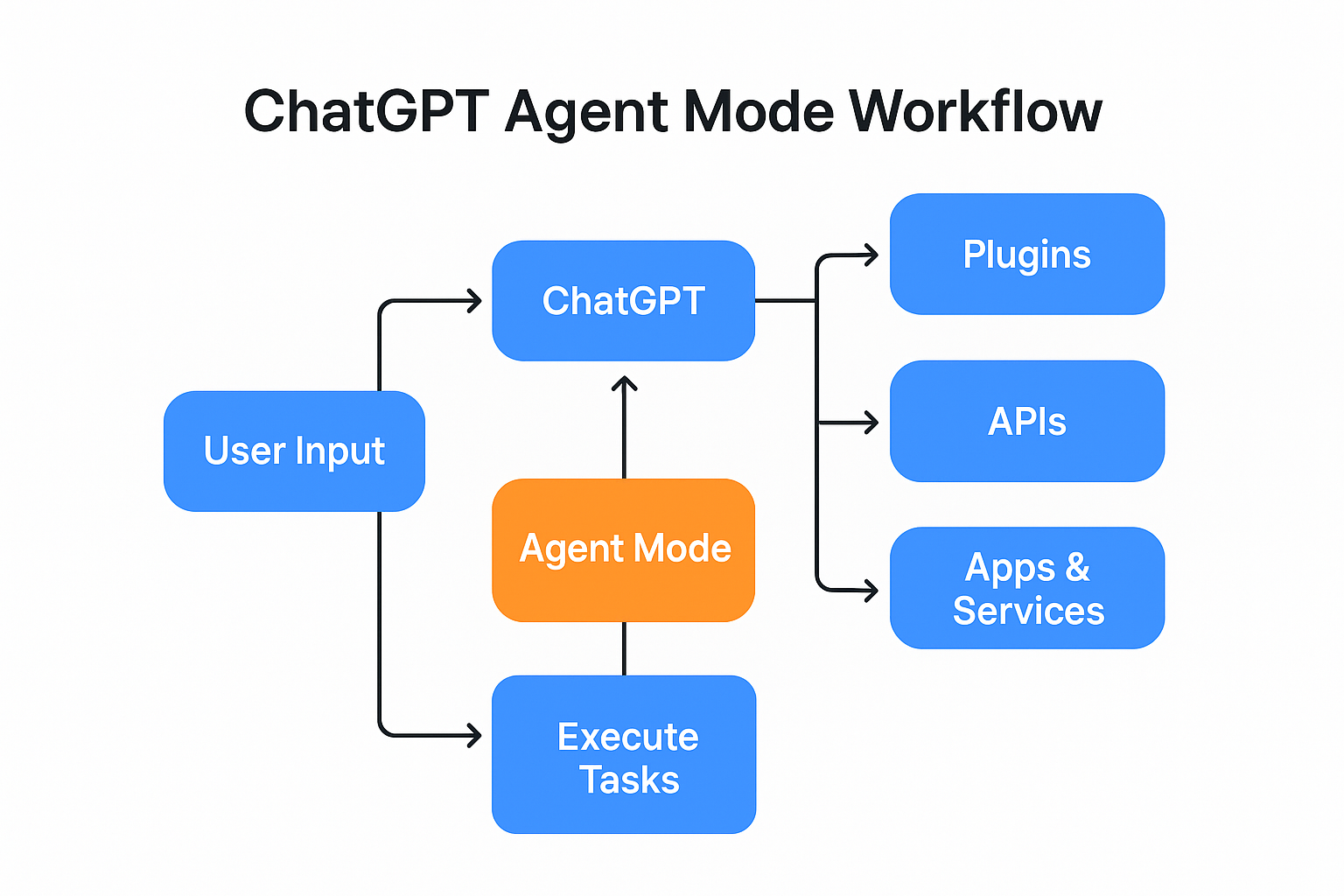Hurricane Erin Tracker: Comprehensive Guide to Monitoring and Safety
Introduction
Hurricane Erin has garnered significant attention as it approaches populated areas. Keeping track of its path, strength, and potential impact is crucial for those in its trajectory. This article delves into detailed strategies for tracking Hurricane Erin, ensuring safety, and understanding the crucial technology and data at play.
Understanding Hurricanes: A Brief Overview
Before diving into tracking specifics, let’s explore the nature of hurricanes— their formation, structure, and categorization.
Formation and Structure
Hurricanes, also known as tropical cyclones, are formed over warm ocean waters. They consist of organized convection systems, strong winds, and a central eye. The combination of warm water, atmospheric conditions, and wind patterns triggers their development.
Hurricane Categories
- Category 1: Winds 74-95 mph, minimal damage.
- Category 2: Winds 96-110 mph, moderate damage.
- Category 3: Winds 111-129 mph, extensive damage.
- Category 4: Winds 130-156 mph, severe damage.
- Category 5: Winds 157+ mph, catastrophic damage.
Knowing the category provides insight into potential damage and necessary precautions.
Tracking Hurricane Erin: Tools and Methods
Satellite Technology
Satellites, such as NOAA’s GOES, offer real-time imagery and data, essential for monitoring Hurricane Erin’s progression across the ocean.
Radar Systems
Land-based radar systems provide crucial data on rainfall rates and storm intensity as Erin approaches land, aiding in accurate forecasts.
Computer Models
Advanced computer models like GFS and ECMWF simulate hurricane paths and intensity, offering predictions that guide emergency response.
Utilizing the Hurricane Erin Tracker
Online Resources
Websites like the National Hurricane Center provide real-time updates, maps, and notifications, ensuring constant awareness of Erin’s status.
Mobile Apps
Apps such as Hurricane Tracker and MyRadar offer customizable alerts, allowing for personalized monitoring and planning.
Local News and Alerts
Local news stations and emergency management apps provide updates tailored to your area, focusing on evacuation orders and safety instructions.
Preparing for Hurricane Erin
Emergency Kits
Prepare a kit containing essentials: water, non-perishable food, flashlight, batteries, first aid supplies, and important documents.
Evacuation Plans
Have a clear evacuation plan with multiple routes and up-to-date information on shelters and assistance centers.
Home Safety Measures
Reinforce windows, secure loose outdoor items, and ensure your property is as storm-resistant as possible.
Safety Precautions During Hurricane Erin
Staying Indoors
Stay inside, away from windows and doors. Utilize a small, windowless room or hallway as a safe zone during intense weather.
Power Outages
Prepare for potential power outages by maintaining a supply of batteries and consider having a generator ready.
Communication Channels
Keep mobile devices charged, and use weather radios or apps for updates. Communication is crucial for receiving official instructions.
The Aftermath: Post-Storm Recovery
Assessing Damage
Once it’s safe, assess property for damage, documenting with photos or videos for insurance claims.
Community Support
Engage with local community support systems and assistance programs in recovery efforts.
Mental Health Resources
Mental well-being is vital; seek support from community groups or mental health professionals to process the hurricane’s impact.
The Role of Climate Change
Increasing Intensity
Discuss the impact climate change has on hurricane intensity and frequency, emphasizing the need for adaptive strategies.
Conclusion
Staying informed, prepared, and responsive is key to navigating Hurricane Erin safely. Leverage technology, heed local authorities, and prioritize safety to minimize risk and enhance recovery.



